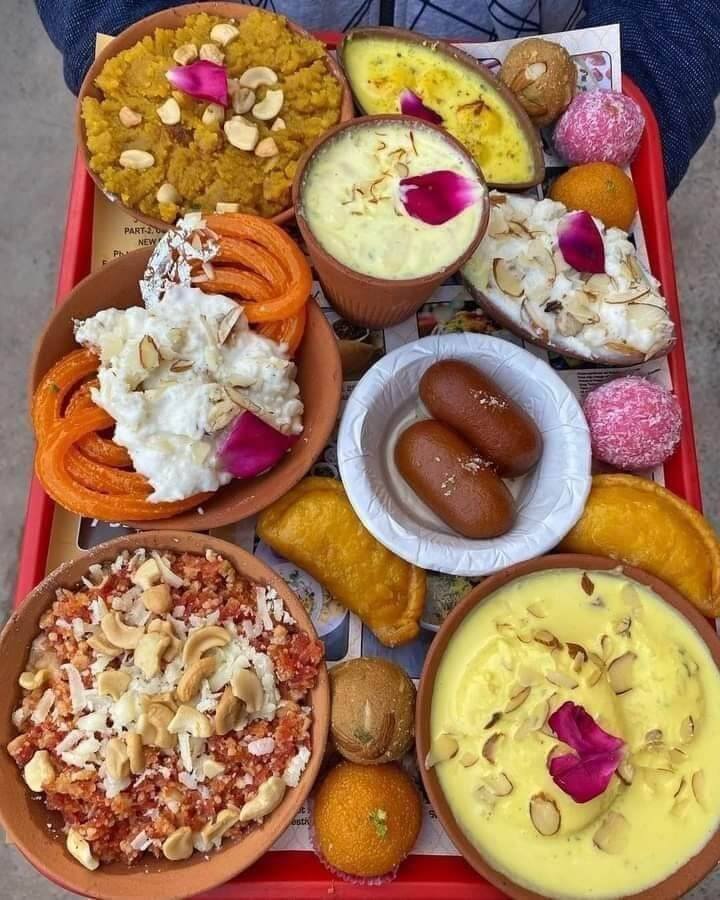Top Pakistani Desserts to Try
Dessert are further than just the succulent conclusion to a regale in Pakistan; they’re representations of hospitality, love, and festivity. Pakistani sweets have a special position in diurnal life, from roadside wagons to Eid, family gatherings, and espousal. Because each desert has a unique flavor, history, and aesthetic significance, the nation’s sweet culture is as different and rich as its citizens. Let’s savor some of the most well- known Pakistani dessert that have captured people’s hearts for generations.
List of desserts
Gulab Jamun
Soft, round, golden- brown balls made from milk solids and flour, fried until perfectly caramelized, also soaked in delicious sugar syrup seasoned with cardamom and rose water. The result? A melt- in- your- mouth treat that balances geniality with flowery notes.
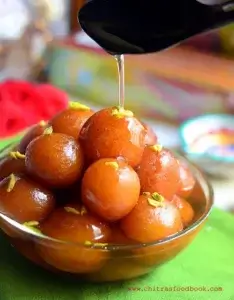
Gulab Jamun is frequently the star at marriages, Eid parties, and merry dinners. Its presence on desserts tables is a sign of celebration and love, mean joy shared with family and friends.
Jalebi
A deep- fried curl of fermented batter, soaked in bright orange sugar syrup, jalebi is both crisp and juicy at the same time. It’s enjoyed piping hot, often paired with a glass of doodh( milk) or rabri.
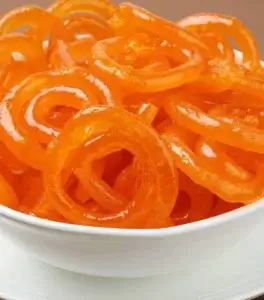
Street seller across Pakistan serve jalebi fresh, making it a cherished evening snack and a Ramadan favourite. Its eye- catching swirls and vibrant agreeableness bring nostalgic comfort to various.
Kheer
A delicate rice pudding slow- cooked with milk, sugar, and cardamom, often garnished with almonds, pistachios, or a saffron. Each spoonful is rich, tasteful, and deeply comforting.
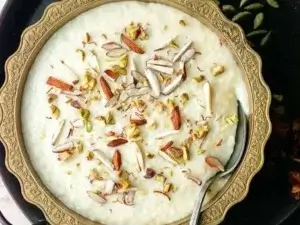
Kheer is often prepared on Fridays, during religious gatherings, and especially on Eid. It’s seen as a dish of blessings, usually distributed as niyaz ( food for charity and sharing).
Ras Malai
Soft, spongy paneer balls soaked in sugary, thickened milk mixed with saffron and cardamom. ras malai feels like a cloud dissolving on your tongue.
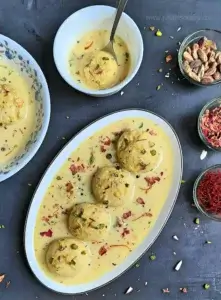
A must- have for grand feasts, ras malai is associated with fineness and festivity. Serving it’s considered a gesture of complication and hospitality.
Gajar ka Halwa
A downtime classic made by slow- cuisine grated carrots with milk, ghee, sugar, and khoya until it transforms into a rich, nutty, and sweet delight. Garnished with almonds and cashews, it’s both hearty and luxurious.
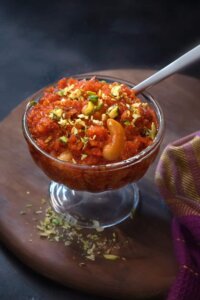
Gajar ka Halwa is a winter chief in Pakistani households. Families gather around steaming bowls of this dessert, making it a symbol of warmth and togetherness during the winter season.
Falooda
A various, layered desert – drink made with rose syrup, vermicelli, basil seeds, milk, ice cream, nuts and jelly. refreshing, delicate, and fun to eat, falooda is both a treat and a drink.
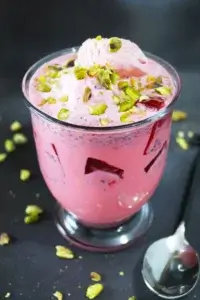
A summertime choice, falooda is commonly shared during family trips and joyful nights. It reflects Pakistan’s love for sportful, refreshing sweets that bring people together.
Conclusion
The stories of joyous progeny- togethers, bulging stores, and family refections are further than just fashion in the Pakistani desert. Each delicacy not only reveals flavor but also recollections and history. Whether it’s the hearty niceness of gulab jamun at a marriage, the stimulating coolness of falooda on a summer evening, or the soothing gajar ka halwa during rest time, these delights synopsize the spirit of Pakistani hospitality. The coming time you are seeking commodity sweet, let your taste explore Pakistan’s rich dessert heritage; you could discover a new fave.

